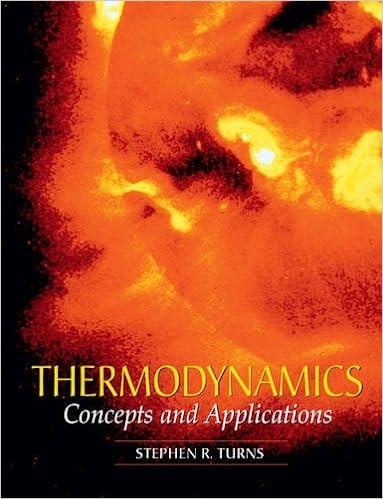
2. A settling tank is filled completely with wastewater i.e. there is no headspace to equilibrate with. An analysis of the water gave the following concentrations. TOTFe(W) ALKALINITY TOTCA TOTPO4 as P TOTNH3 as N pH 1 43.8 mg/L 2.25 x 10-'eq/L 65 mg/L 10 mg/L 440 mg/L 7.5 10-1.5 The following solids might form in the water: Solid CaHPO4 Cas(PO4)3OH Fe(NH4)(PO4) 6.9 44.2 15.2 a. I. Calculate the ion activity products (non-equilibrium Q values) for each of the solids. Use the Davies equation to estimate activity coefficients. You do not need to include metal complexes (Fe(OH), 2-n, Fe(NH3),2+, etc.) in your calculations. ii. Determine whether any of these solids will precipitate from this solution (i.e. are they supersaturated?). [12 marks] Hints: Note that most of the data provided is given in mass per litre units to emphasize the fact that these are total concentrations (i.e. not activities), with the important exception of pH. Because pH was measured with an electrode, it gives the true activity of H+. And remember how to deal with the funny "as X units. Assume TOTNH3 (NH4+] and TOTPO4 [H2PO4] + [HPO42-). But you will still have to calculate {PO43-} for the solubility product calculation. To do this you will have 2 equations and 2 unknowns: a mass balance (TOTPO4) and the K 2 expressions for phosphate system. An alternative solution includes considering alkalinity for all the conjugate bases at pH 7.5. ii. Explain why you can make the 2 assumptions above involving TOTNH3 and TOTPO4. b. Recalculate the ion activity product for CaHPO4 using the concentrations of Ca2+ and HPO42- rather than their activities. Is the saturation state of the mineral different than determined in part a? If so, explain why. [4 marks] 2. A settling tank is filled completely with wastewater i.e. there is no headspace to equilibrate with. An analysis of the water gave the following concentrations. TOTFe(W) ALKALINITY TOTCA TOTPO4 as P TOTNH3 as N pH 1 43.8 mg/L 2.25 x 10-'eq/L 65 mg/L 10 mg/L 440 mg/L 7.5 10-1.5 The following solids might form in the water: Solid CaHPO4 Cas(PO4)3OH Fe(NH4)(PO4) 6.9 44.2 15.2 a. I. Calculate the ion activity products (non-equilibrium Q values) for each of the solids. Use the Davies equation to estimate activity coefficients. You do not need to include metal complexes (Fe(OH), 2-n, Fe(NH3),2+, etc.) in your calculations. ii. Determine whether any of these solids will precipitate from this solution (i.e. are they supersaturated?). [12 marks] Hints: Note that most of the data provided is given in mass per litre units to emphasize the fact that these are total concentrations (i.e. not activities), with the important exception of pH. Because pH was measured with an electrode, it gives the true activity of H+. And remember how to deal with the funny "as X units. Assume TOTNH3 (NH4+] and TOTPO4 [H2PO4] + [HPO42-). But you will still have to calculate {PO43-} for the solubility product calculation. To do this you will have 2 equations and 2 unknowns: a mass balance (TOTPO4) and the K 2 expressions for phosphate system. An alternative solution includes considering alkalinity for all the conjugate bases at pH 7.5. ii. Explain why you can make the 2 assumptions above involving TOTNH3 and TOTPO4. b. Recalculate the ion activity product for CaHPO4 using the concentrations of Ca2+ and HPO42- rather than their activities. Is the saturation state of the mineral different than determined in part a? If so, explain why. [4 marks]







